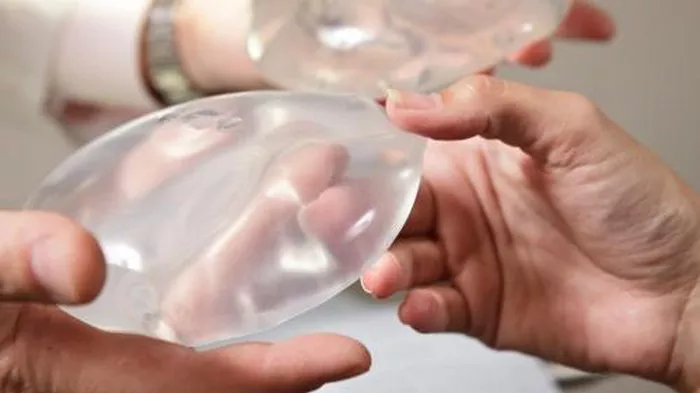Breast augmentation is a popular surgical procedure that involves the placement of breast implants to enhance the size, shape, and overall appearance of the breasts. One common concern among individuals considering breast augmentation is whether their implants will “drop” or settle into a more natural position over time. In this article, we will explore the process of breast implant dropping, factors that affect it, and what individuals can expect during their recovery and beyond.
Understanding Breast Implant Placement
Before discussing the concept of breast implant dropping, it’s essential to understand the different implant placement options available during breast augmentation. The two main techniques are:
Submuscular Placement: Also known as subpectoral placement, this technique involves positioning the implant beneath the pectoral muscle. The muscle provides additional coverage and support for the implant.
Subglandular Placement: In this technique, the implant is placed above the pectoral muscle and beneath the glandular tissue of the breast.
The choice of implant placement technique depends on various factors, including the individual’s anatomy, the desired outcome, and the surgeon’s recommendation.
Breast Implant Dropping: The Process
After breast augmentation surgery, it is normal for the breasts to initially appear higher on the chest, with the implants sitting in a relatively high position. This is known as “implant malposition” or “high riding” and is a common occurrence immediately after surgery.
Over time, the natural healing process and the effects of gravity contribute to the gradual settling and dropping of the implants. As the tissues and muscles stretch and adjust, the implants descend into a more natural position. This process is known as “breast implant dropping” or “implant settling.”
Factors Affecting Breast Implant Dropping
Several factors can influence the rate and extent of breast implant dropping. These include:
Implant Size and Type: The size and type of implants chosen can impact the dropping process. Larger implants may take longer to settle due to the increased weight and tension on the surrounding tissues. Similarly, the type of implant (such as silicone or saline) and its specific characteristics can affect how it settles.
Implant Placement: The choice of implant placement, whether submuscular or subglandular, can also influence the dropping process. Submuscular implants typically take longer to drop because the muscle needs time to relax and accommodate the implant.
Tissue Characteristics: The quality and elasticity of the breast tissue and skin play a role in the dropping process. Individuals with tight or less elastic skin may experience a slower dropping process compared to those with more elastic skin.
Healing and Recovery: Every individual’s healing process is unique. Factors such as the individual’s overall health, adherence to post-operative instructions, and proper wound care can impact the rate of implant dropping.
Post-Operative Support: The use of post-operative support garments, such as compression bras or surgical bras, may help provide additional support to the breasts and aid in the implant dropping process.
What to Expect During Recovery
During the initial stages of recovery, it is common for the breasts to appear higher and feel firmer than the desired final outcome. Swelling and tightness in the chest area are also common. As the healing process progresses, the swelling subsides, and the tissues gradually stretch and adjust.
The timeline for breast implant dropping varies from individual to individual. Some individuals may experience noticeable dropping within a few weeks, while for others, it may take several months. It is important to note that the dropping process is gradual and may continue for up to six months or longer, depending on the individual’s healing and anatomical factors.
When to Consult Your Surgeon
While it is normal for the breasts to undergo changes and for the implants to settle over time, it is important to stay in touch with your plastic surgeon throughout the recovery process. They will monitor your progress and ensure that everything is progressing as expected. If you have concerns or notice any unusual changes, such as severe asymmetry or discomfort, it is important to contact your surgeon promptly.
Conclusion
Breast implant dropping is a natural part of the healing process following breast augmentation surgery. The implants gradually settle into a more natural position as the tissues and muscles adjust and the effects of gravity take hold. Factors such as implant size, type, placement, tissue characteristics, and the individual’s healing process can all influence the rate and extent of implant dropping.
It is important for individuals considering breast augmentation to have realistic expectations and understand that the final outcome may take time to achieve. Regular follow-up visits with your plastic surgeon will ensure that your recovery is progressing as expected, and any concerns can be addressed promptly.
Remember, every individual’s healing journey is unique, and patience is key. With proper care, support, and communication with your surgeon, you can expect your breast implants to gradually drop and settle into a more natural and desirable position, enhancing your overall appearance and confidence.


